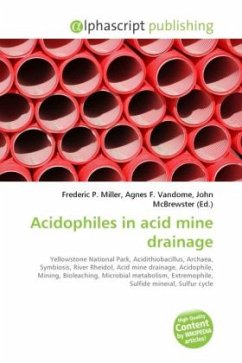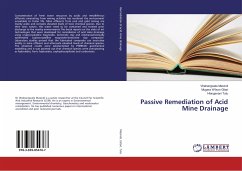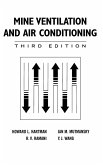Acidophiles are not just present in exotic environments such as Yellowstone National Park or deep-sea hydrothermal vents. Genera such as Acidithiobacillus and Leptospirillum bacteria, and Thermoplasmales archaea, are present in syntrophic relationships in the more mundane environments of concrete sewer pipes and implicated in the heavy-metal-containing, sulphurous waters of rivers such as the Rheidol. Such microorganisms are responsible for the phenomenon of acid mine drainage (AMD) and thus are important both economically and from a conservation perspective. Control of these acidophiles and their harnessing for industrial biotechnology shows their effect need not be entirely negative. The use of acidophilic organisms in mining is a nascent technique for extracting trace metals through bioleaching, and offers solutions for the phenomenon of acid mine drainage (AMD) in mining spoils.








